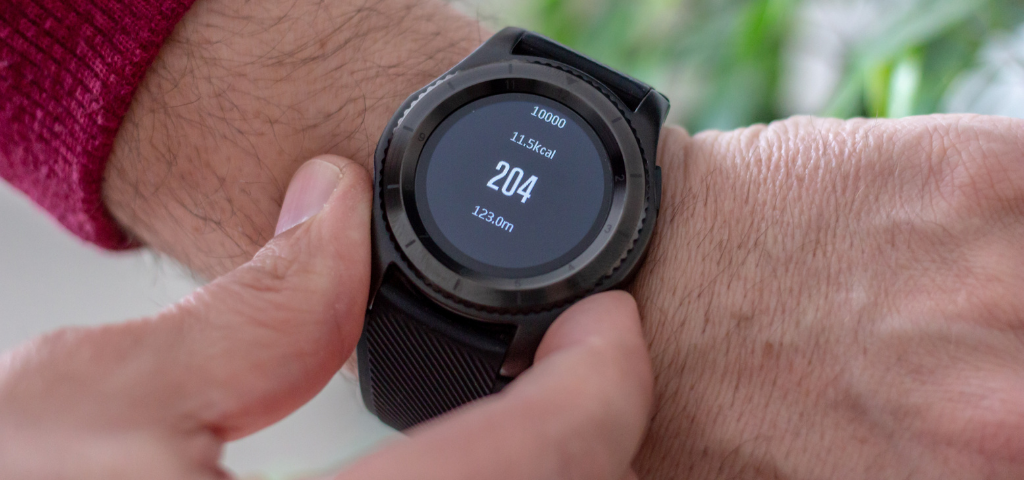How Many Calories Do You Burn During Sex?
March 21, 2022 by Justin Lehmiller
At a broad level, exercise is defined as any activity requiring physical effort that either helps you maintain or enhance your overall health. Through this lens, sex certainly counts as a form of exercise!
Sex definitely involves some degree of physical effort and there is a large amount of scientific evidence that sex is good for our health. Among other things, sexual activity is linked to reduced feelings of stress, improved mental well-being, a lower risk of heart attacks, and a longer life span.
But just how much exercise do we actually get from sex anyway? For example, how much does it get your heart rate up? How many calories do you burn?
A recent paper published in the Archives of Sexual Behavior attempted to answer these questions through a systematic review of the scientific literature. The authors identified 18 studies published between the years 1956 and 2020 that offered relevant insight.
While 18 studies might sound like a lot, the total combined number of participants across all studies was just 349, of whom 264 were men and 85 were women. Further, all of the studies reviewed appeared to focus on the physiological demands of sexual intercourse (penile-vaginal) specifically.
This is an important context to keep in mind. There’s little data on women and virtually none on persons of diverse genders and sexualities. Further, we don’t know how the results would differ for activities other than intercourse (such as solo masturbation, oral sex, anal sex, etc.).
With that context in mind, here’s what we know:
How Many Calories Does Sex Burn?
It appears that only two of the 18 studies assessed this. One of them reported an average energy expenditure of 130 calories; however, this study included just 8 participants, of whom only one was a woman.
The other study involved 21 heterosexual couples and found that men burned an average of 101 calories and women an average of 69 calories during intercourse.
So the best answer we can draw from this is that people probably burn somewhere around 100 calories during intercourse, give or take a few. But this number clearly varies across sex/gender, and it’s also likely to vary based on a number of other factors, such as duration of intercourse.
On average, heterosexual folks say that the combined amount of time they spend on intercourse and foreplay is about 20 minutes, but some people spend far less time, while others spend much more.
How Does Sex Affect Heart Rate?
Multiple studies assessed heart rate during sex and the results were highly variable. The average heart rate ranged from 90-130 beats per minute. Peak heart rate ranged from 145-170 beats per minute.
In studies with both men and women, men’s average heart rate was higher than that of women. Some of the studies also accounted for intercourse position; however, the results were inconsistent, with some pointing to higher heart rate in men when they (vs. their partner) were on top, but others found the opposite pattern.
What are the Bodily Demands of Sex?
One other thing the authors looked at was the “kinematics” of sex, or the degree of stress or force that sex puts on various parts of the body. Just three studies looked at this in relation to different sexual positions, but the missionary position (for both women and men) and the side-lying position (for men only) put the most stress on the lower (lumbar) spine.
There were also three positions linked to putting more stress on the rotator cuff (in the shoulder). These were (from least to most stress):
- The scorpion (for a visual, think of the wheelbarrow position)
- The missionary
- The superman (for a visual, it’s sort of like a standing doggystyle position where the man holds his partner in the air with his arms wrapped around their hips. It’s called “the superman” for a couple of reasons. One is that it’s a strength test! The other is that the partner suspended in the air may outstretch their arms and look like Superman flying through the sky.)
Understanding the kinematics of sex can help us to identify which positions might be safer or riskier for people based on existing injuries and ability status.
Takeaways
According to the authors, sex can be categorized as a “moderate intensity physical activity” for most people, akin to the exertion required for light jogging, rowing, or swimming.
Sex gets our heart rates up and, on average, appears to burn about 100 calories. However, the positions people try, the intensity of their sex, and the duration of activity can all change the energy expenditure.
More research is needed on women and persons of diverse genders and sexualities. We also need work that documents the energetic demands of sexual activities other than penile-vaginal intercourse. So if you’re looking for a research idea, there’s plenty to draw from here!
To learn more about this research, see: Oliva-Lozano, J. M., Alacid, F., López-Miñarro, P. A., & Muyor, J. M. (2022). What Are the Physical Demands of Sexual Intercourse? A Systematic Review of the Literature. Archives of Sexual Behavior.
Want to learn more about Sex and Psychology? Click here for more from the blog or here to listen to the podcast. Follow Sex and Psychology on Facebook, Twitter (@JustinLehmiller), or Reddit to receive updates. You can also follow Dr. Lehmiller on YouTube and Instagram.
Image Source: Photo by Artur Łuczka on Unsplash

Dr. Justin Lehmiller
Founder & Owner of Sex and PsychologyDr. Justin Lehmiller is a social psychologist and Research Fellow at The Kinsey Institute. He runs the Sex and Psychology blog and podcast and is author of the popular book Tell Me What You Want. Dr. Lehmiller is an award-winning educator, and a prolific researcher who has published more than 50 academic works.
Read full bio >


